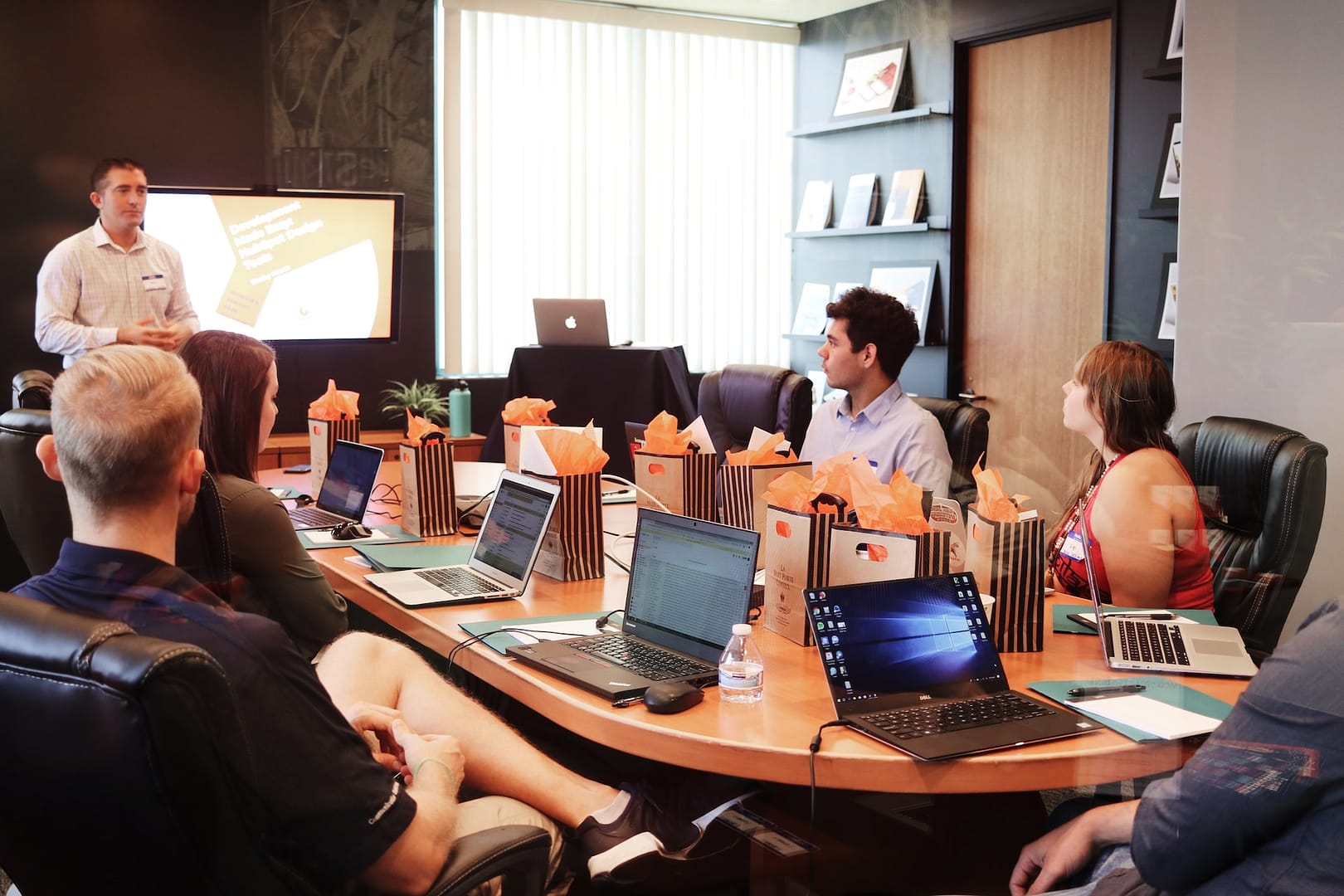When we think of our workplaces, we often envision a safe and comfortable environment where we can focus on our tasks without worry. However, just like any other setting, offices are not immune to potential hazards. It’s essential to be aware of these risks and take proactive measures to prevent accidents. In this article, we’ll delve into some of the common hazards in the office, discuss ways to mitigate them and how to start a housing disrepair claim.
Poor Ergonomics: The Hidden Culprit
Sitting in front of a computer for hours on end might seem harmless, but poor ergonomic practices can lead to significant health issues over time. From back pain and carpal tunnel syndrome to eye strain and musculoskeletal disorders, the toll on our bodies can be substantial. A lack of proper chair and desk adjustments, improper screen placement, and infrequent breaks contribute to these problems.
Prevention: Invest in ergonomic furniture such as adjustable chairs and sit-stand desks. Regularly remind yourself to maintain correct posture, adjust your chair and monitor to eye level, and take short breaks to stretch and move around. Consider using ergonomic accessories like wrist rests and monitor stands to further enhance your workspace.
Electrical Dangers: More Than Meets the Eye
In a modern office, we rely heavily on electronic devices, from computers to printers and chargers. However, this dependency also brings the risk of electrical hazards. Overloaded power outlets, frayed cords, and exposed wires can lead to electrical fires or shocks, endangering both people and property.
Prevention: Avoid overloading power strips and outlets. Regularly inspect cords for any signs of wear and tear, and replace damaged ones immediately. Keep cords organised and away from foot traffic to prevent tripping. In case of electrical issues, report them to the maintenance team rather than attempting DIY fixes.
Slippery Surfaces: The Sneaky Peril
Ever spilled a cup of coffee or water on the office floor? Accidents involving wet or slippery surfaces are not uncommon. A simple spill can lead to slips, trips, and falls that result in injuries ranging from minor bruises to serious fractures.
Prevention: Clean up spills immediately, and place caution signs in the affected area until the floor is dry. Keep walkways clear of obstacles and clutter. Encourage employees to wear appropriate footwear with good traction. Regular cleaning and maintenance routines can significantly reduce the risk of accidents related to slippery surfaces.
Fire Hazards: Don’t Get Burned
While offices might not seem like prime locations for fires, the presence of electrical equipment, flammable materials, and other ignition sources make the risk very real. Inadequate storage and improper use of appliances can contribute to fire hazards.
Prevention: Ensure that fire exits are clearly marked and accessible. Regularly check smoke alarms and fire extinguishers to ensure they are in working condition. Train employees on proper fire safety protocols, including evacuation procedures. Store flammable materials in designated areas away from potential ignition sources. In the event of a fire, prioritise safety and follow established emergency procedures.
Psychological Stress: A Silent Threat
Office hazards aren’t limited to physical dangers alone. Psychological stress has become increasingly prevalent in the workplace, leading to burnout, anxiety, and decreased productivity. Excessive workload, lack of work-life balance, and poor interpersonal relationships can contribute to this hazard.
Prevention: Encourage open communication between managers and employees to address concerns and workload distribution. Promote a healthy work-life balance by discouraging excessive overtime and fostering a culture where taking breaks is encouraged, not frowned upon. Consider offering stress management programs and resources to support employee well-being.
Responding to Workplace Accidents
Even with the best preventive measures in place, accidents can still happen. If you find yourself involved in a workplace accident, it’s important to know how to respond:
Seek Medical Attention
If the accident results in injuries, seek medical help immediately. Your health and well-being should be the top priority.
Notify Your Supervisor
Report the incident to your supervisor or manager as soon as possible. Providing accurate and timely information helps in addressing the situation effectively.
Document the Incident
Keep a record of the accident, including details like the time, date, location, and any witnesses present. This documentation may be essential for insurance claims or legal matters.
Follow Company Procedures
Your workplace likely has specific protocols for dealing with accidents. Follow these procedures to ensure a proper investigation and resolution.
Consult a Professional
If the accident results in significant injuries or disputes, consider consulting a legal or medical professional for guidance.
Making an Accident at Work Claim
If you’ve been injured in a workplace accident due to negligence or hazardous conditions, you may be entitled to compensation through an accident at work claim. These claims aim to provide financial support for medical expenses, lost wages, and other related costs. To make a successful claim:
Gather Evidence
Collect evidence that supports your claim, including medical records, witness statements, and photographs of the accident scene.
Notify Your Employer
Inform your employer about the accident and your intention to file a claim. This notification should be done as soon as possible after the incident.
Seek Legal Guidance
Consult with National Claims, where we are experienced in workplace accidents. Our claims specialists can guide you through the claims process, ensuring that your rights are protected.

Conclusion
In our pursuit of productivity and success, we must not overlook the importance of safety in the office. Recognising and addressing common hazards, from poor ergonomics to psychological stress, is vital for maintaining a secure and healthy work environment. By taking proactive measures to prevent accidents and responding effectively if they do occur, we can ensure the well-being of employees and contribute to a culture of safety in the workplace. Remember, safety is a collective responsibility, and each one of us plays a role in creating a hazard-free office environment.
Contact us today to find out more about making an accident at work claim and start your claim.
Click below to see why we are one of the most trusted claims management companies in the UK.

We’re proud of our excellent customer reviews
We thrive on delivering exceptional service and ensuring our clients’ satisfaction. Don’t just take our word for it. Check out some of our independent reviews to see what our clients have to say.
Excellent

This firm is excellent, they sorted out my car pay out and injury claim very fast, they always communicate with you all the time.

My accident case was dealt with confidence and with great result of the outcome, especially James kept me informed all the time.

I was very impressed at the way my inquiry was treated. I was listened to attentively and everything I needed to know was explained to me.






